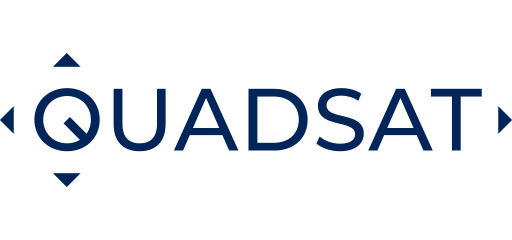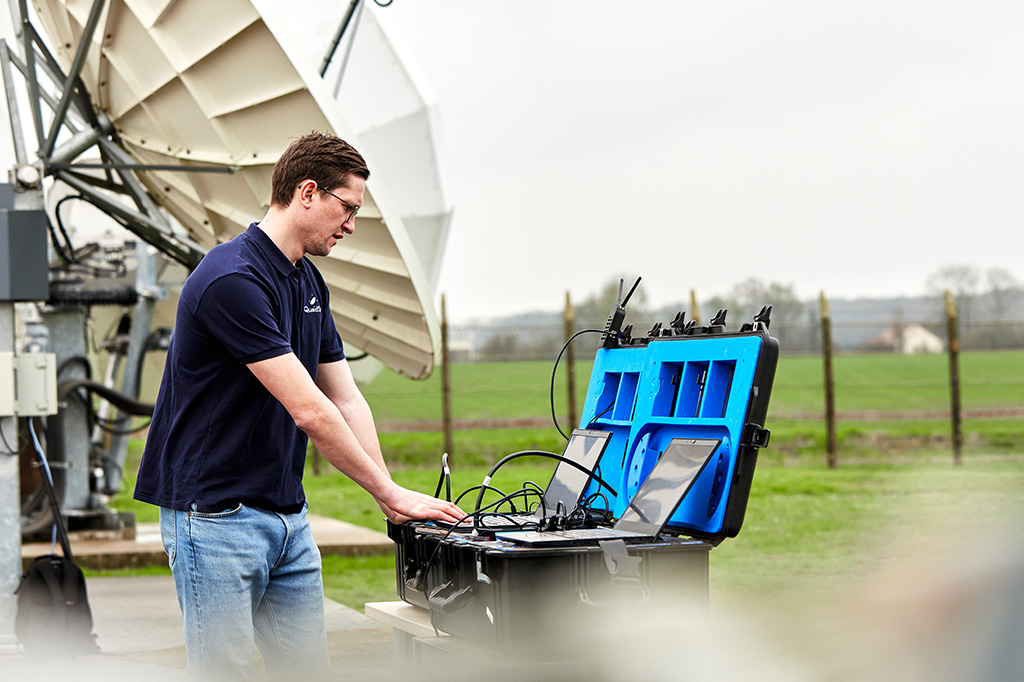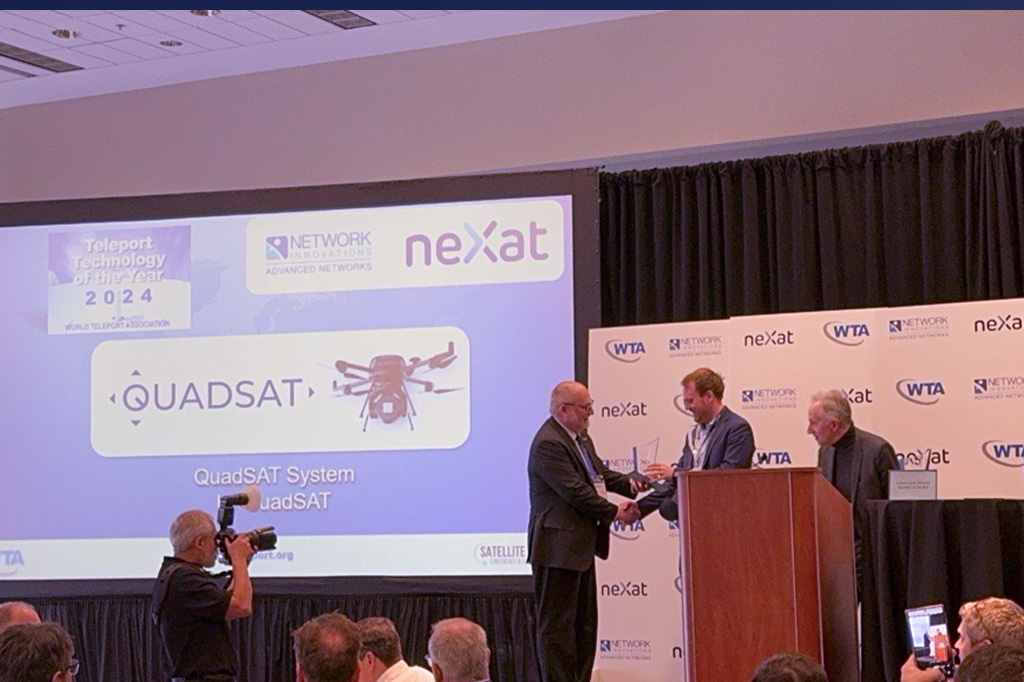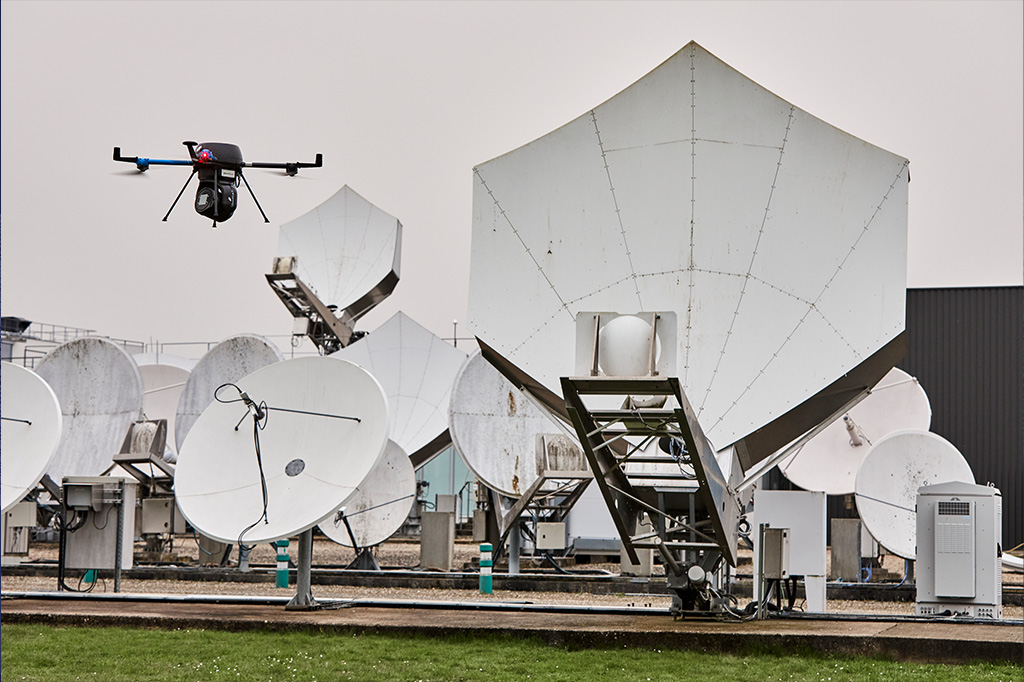Space is changing. The use of satellite services is broadening with the launch of more and more LEO satellites and a boom in smart technology powered by satellite, enabling IoT, 5G, and more. It is broadly accepted that in-orbit technology needs to develop and change to keep pace with the evolving use of satellite, but the ground segment is sometimes overlooked. There is, however, a real need for new technology to help the ground segment maintain high-quality connections with new orbit technology, as the industry continues to diversify.
So, what are the key things to be aware of when it comes to current ground segment technology and where is it heading?
1. The current ground system technology is not adequate for changing demands by the latest tech in-orbit
The satellite industry has been dependent upon for its reliability for years, but even more so now as it supports the rollout of new, highly lucrative opportunities in LEO and beyond. Service reliability, therefore, must be second-to-none. As we see more satellites launching in LEO, the ground segment will be subject to different challenges and requirements which it is not at present able to deal with effectively. As opposed to GEO satellites that move with the Earth’s rotation, as a fixed point in the sky, seen from earth, LEO satellites move at a very high speed in orbit much closer above the Earth. This means that they are not a fixed point in the sky and that antennas are constantly tracking and re-pointing to maintain connectivity. This means that they are not a fixed point in the sky and that antennas are constantly tracking and re-pointing to maintain connectivity. The ground infrastructure is, therefore, much more complex, and the potential for things to go wrong has increased. Antennas can easily point to the wrong satellites, and as space becomes even more congested the resulting stakes will be high: one mispointing incident could disrupt multiple services.
2. Poor quality equipment or rather inadequate equipment for the required use is still a problem.
Most transmission incidents are a result of poor or ill-suited equipment or human error at the transmission. It is well known that sourcing high-quality equipment prevents many RFI transmission incidents and improves QoS for end-users.
There is markedly less poor-quality equipment on the market nowadays (SOMAP has been a big help to this end) but it is still out there. Operators are also sometimes misinformed when it comes to purchasing the correct or best-suited equipment for their particular operation.
This could be solved by antenna manufacturers being provided with access to more accurate and real-world style testing methods at an affordable cost. By doing so, manufacturers could better assist operators in choosing the most suitable equipment for their ground operations, delivering reassurance.
3. Testing methods and technology are still expensive and time-consuming
Particularly for COTM and VSAT operations (the latter requiring a highly accurate initial setup and continuous maintenance due to the small apertures and wide beam points), testing is a huge expense for operators and often results in significant downtime. The antenna must always be mobile, which for COTM often means laying on dedicated flights or voyages to enable accurate results in a realistic environment. Testing and calibration must also be performed by a specialist engineer, who must be transported to wherever in the world the vessel or aircraft is located – this soon becomes incredibly costly and seems incredibly antiquated in our modern age of automation and AI.
4. Emerging technology could be the answer
The industry must now look to new technology to address testing inaccuracies and its ability to keep up with evolving technology in-orbit. Drone technology could be one solution.
Already, it is proving capable of providing ground segment operators and antenna manufacturers with an innovative method to ensure that equipment is of suitable quality at sourcing and crucially during use out in the field. The drone’s simulated satellite payload is able to test, calibrate, and measure the performance of operational satellites and VSAT antennas by mimicking an orbital satellite. This technology can re-enact the testing environment as it is able to transmit and receive RF signals whilst in the air above the ground station. This means there is no need to access the actual satellite service, which saves time and money. In turn, this increases the accessibility of testing services for the ground segment, promoting regular testing for operators. It also means manufacturers can deliver products that work to the required accuracy and have been tested in real-world scenarios for their designated use.
QuadSAT is working with operators and industry organisations to develop Unmanned Aerial Systems (UAS) – drones – for testing. Using emerging automation and drone technology, coupled with advances in microwave technology, QuadSAT’s technology is proving able to drastically reduce costs, allowing operators to perform testing and calibration on a more frequent basis, in turn resulting in reduced antenna related RFI incidents. We believe that by reducing the cost of testing, the industry can continue to support the roll-out of new and exciting opportunities in-orbit.
Founded in March 2017, QuadSAT’s mobile antenna testing system provides users with affordable, accessible and accurate antenna testing and calibration. The system utilizes a custom-built RF payload, drone technology, and mathematical algorithms in order to effectively simulate satellites and perform critical antenna performance tests. QuadSAT’s system has been developed to meet industry-wide standards.
Press contact:
Helen Weedon
Radical Moves PR
+44 (0)1570 434632



